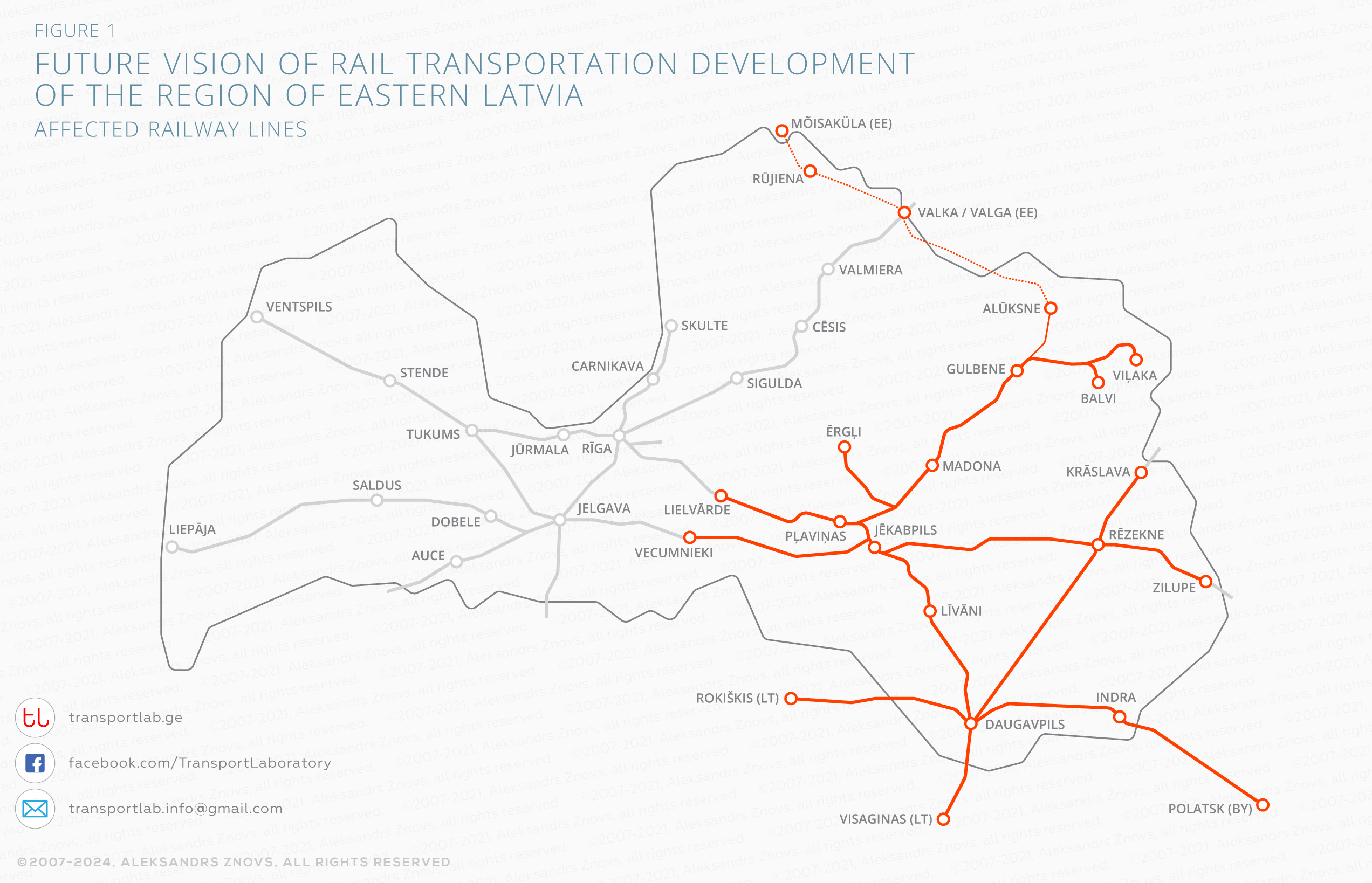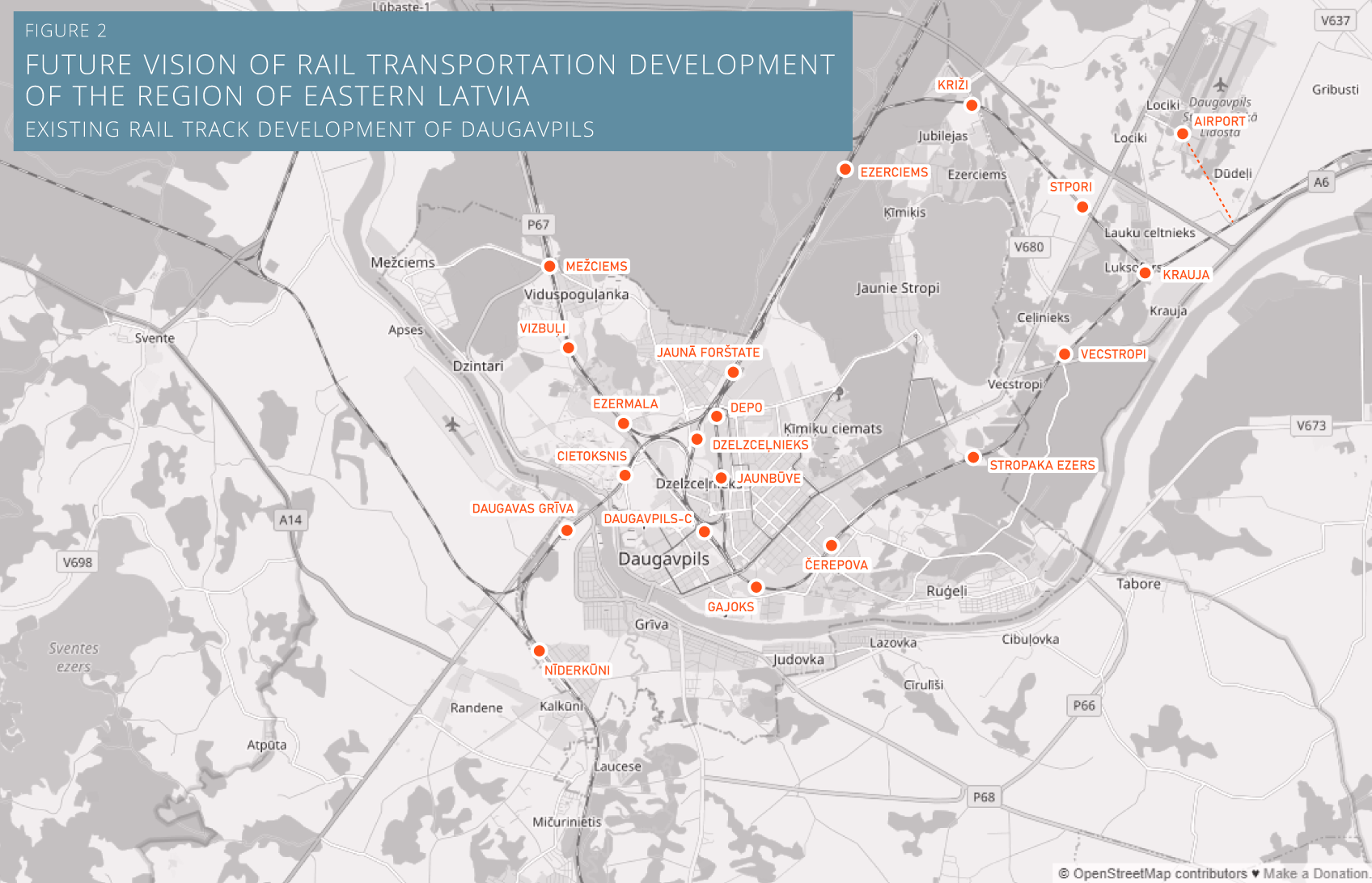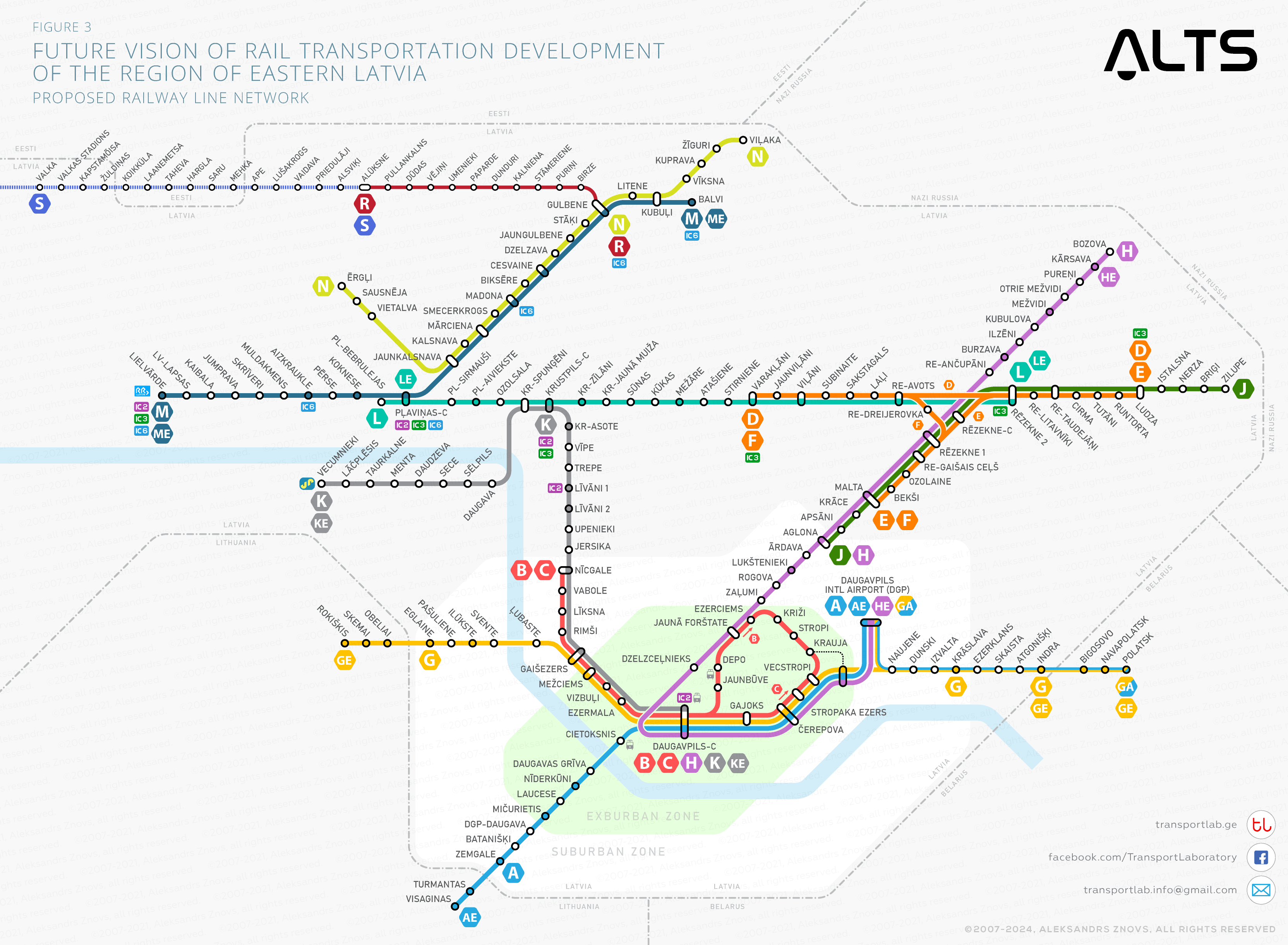Criticism
To our deep regret, since the first days of independence, the railway transport of Latvia has been started to inferior in efficiency and popularity to road transport, especially in the sector of passenger transit. Nevertheless, I am still hoping the railway will show its advantage and shortly we will witness its victorious march across the country, both locally and globally.
The Latvian government-owned enterprise Latvijas Dzelezceļš (LDz) and its passenger division Pasažieru Vilciens still base their activities on the archaic principles of centralized railroad management. In friendly collaboration with the members of Parliament of Latvia the enterprise successfully continues to realize dark corruption schemes literally on every possible step, what slows down almost every single progressive idea. The low level of education, and often even the complete lack of appropriate education among members of the ruling elite both in the LDz and in state authorities, makes the situation even worse.
According to misleading politics of the government, this amazing region of Eastern Latvia (historically called Latgale) has acquired the stable status of forgotten and abandoned land since the first years of post-soviet period. The only ones who tried to support their native land were local inhabitants, nevertheless, all their bright desires stumbled over a stone of funding.
If we try to get away from dirty politics and transfer ourselves to the world of pleasant fantasies and pink unicorns, it won’t be difficult for us to understand that we do not require bigger capital investments than for other similar projects worldwide, so our pink unicorn is pretty real. It’s time to visualize the transportation system that could significantly improve the quality of passenger traffic in the region of Eastern Latvia and additionally to attract the flow of passengers from neighbouring countries. Hereby is worth of reminding is the fact that the EU is ready to fund almost all regional transport projects, but private sector investors should not be ruled out either. Firstly, let’s take a look at where it actually is and what we have on this territory (Figure 1):
What we have
Daugavpils is the second-largest city of Latvia. It has an excellent network of railway infrastructure that surrounds the entire city along the perimeter, so the municipality can create its own small network of local railway transport, successfully integrating it with other types of city transport and regional railway lines.
In addition, the city has its own abandoned military airport left from Soviet times, which would be very expedient to use as a regional hub for low-cost airlines, thus attracting passengers from nearby cities of Latvia, Lithuania and Belarus, where no airports can be found in the immediate vicinity. If we look at the Figure 2, we can see how the various purpose rail tracks beautifully integrated within the city of Daugavpils:
If we go back to the net of existing rail infrastructure in the region (Figure 1), we will see a kind of triangle formed between the Jekabpils Town (with the nearby town of Plavinas), Daugavpils City and Rezekne Town, which are significant junction stations. The entire structure of the regional network can be based on this triangle and the whole network in total could look like this (Figure 3):
What we would have
I suggest going through each route for complete clarity.
Route A is the local line of Daugavpils City and Municipality with termini at the Airport and Zemgale Station. An additional express service (Route AE) with extension till the Lithuanian town of Visaginas, where would be possible transfer to local transport, can be introduced.
Route B and C duplicate each other but have opposite directions on the circular section within the city of Daugavpils. This line would serve both city and the municipality of Daugavpils.
Routes D, E and F could serve the town of Rezekne and its suburbs, connecting the centre of the town with following residential areas: Varaklani, Ludza and Malta. Each route can have a two-way service or operate in a one-way shuttle triangle-mode outside the rush hours.
Route G again is a local line of Daugavpils Municipality. The line has an express service option (Route GE) with an extension till the Lithuanian city of Rokiskis in the western direction and till the Belarusian city of Polatsk in the eastern direction. If there would be a demand for the direct non-stop service between the Daugavpils Airport and the Belarusian City of Polatsk (Route GA), the service can offer the travellers additional ability to go through the passport control at the terminus stations (Polatsk and Airport accordingly), passing the state border without stopping.
Route H is a local line of Daugavpils Municipality (with termini in Aglona and Daugavpils Central), but at the same time, it serves as a regional line connecting Daugavpils with Rezekne and Kraslava. Route H also can offer express services between the airport and Kraslava Town (Route HE).
Route J is a regional express line serving the Aglona – Rezekne – Ludza – Zilupe direction.
Route K is a regional line connecting Jekabpils and Daugavpils and has an express service option (Route KE).
Route L also has two types of regional service – local and express. It runs along the upper edge of our triangle from the junction station Plavinas till Zilupe, passing Jekabpils and Rezekne.
Route M with its Branch Route N can easily connect Main trunk line Riga-Daugavpils with Madona, Gulbene, Balvi and Ergli towns. But narrow-gauge Route R can participate in whole system as local line connecting Gulbene with Aluksne Town. In the future narrow-gauge network can be extended along its historical pathway (Route S) till Latvian town Ape and further till Valga/Valka twin-town or even till Estonian town Pärnu.
Conclusions as afterword
The whole service of East Latvia Rail could be managed by the state railway authorities or its subsidiaries. Optionally the management right can be easily transferred to local municipalities or to third parties where concession would be a good idea too.
Well known, the convenient passenger traffic in all to date known cases helped the development of the region and facilitated the retention of residents in it. Successful transportation solutions always attracted new investments from the side of local governments, as well as a local and international private capital. Firstly we need to wish to take the first steps, no matter how difficult they are. The future will pay it all back.













[…] you, one part of my idea was the vision of Eastern Latvia Regional Rail. You can read about it here. But the regional transportation in the central part of the country could be a subject of the […]